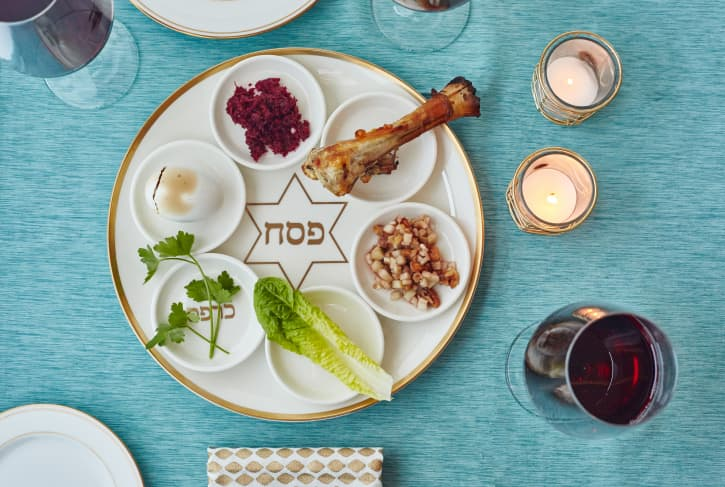
What is Passover?

Passover, known as Pesach in Hebrew, is a significant holiday in Judaism. It commemorates the Hebrews’ liberation from slavery in Egypt and the miraculous event of the “passing over” of their firstborn during the Exodus. Here are the key aspects of Passover:
Passover begins on the 15th day of the month of Nisan (which falls in March or April) and lasts for seven days (or eight days outside of Israel and among Reform Jews). In 2024, Passover begins on Monday April 22 and ends on Tuesday April 30. During this period, all leaven (chametz) is strictly prohibited, and only unleavened bread called matzo is consumed. The matzo symbolizes both the Hebrews’ suffering in bondage and their hasty departure from Egypt.
The Seder:
Passover is often celebrated with great pomp and ceremony, especially on the first night. Families gather for a special ritual meal called the Seder. During the Seder, symbolic foods are eaten, and prayers and traditional recitations take place. Despite the festive nature of Passover, strict dietary laws must be observed, and work is restricted at the beginning and end of the celebration. Passover is rich in culinary traditions.

The central element of Passover meals is matzah (unleavened bread). It’s a flat, cracker-like bread made from only flour and water. Matzah symbolizes the haste with which the Hebrews left Egypt, as they didn’t have time for their bread to rise. The best kind for the Passover Seder is the round, handmade shemurah matzah.
During the Seder, each participant drinks four glasses of wine (or grape juice). Jewish families always make sure to have enough kosher wine or juice for everyone. At the center of the Seder meal, there’s a plate called a ka’arah. It contains six ritual items:
First, three matzahs stacked on top of each other. Next is zeroah, a roasted piece of meat (often chicken neck or shank), which is not eaten. Beitzah is a hard-boiled egg. Also included are maror and chazeret which are bitter herbs, typically romaine lettuce (checked for bugs) and/or grated horseradish root. Last is charoset, a sweet paste made from chopped apples, pears, nuts, and wine. Some variations include cinnamon and dates.
Other Traditional Passover Dishes:
Kugel: A casserole made with potatoes.
Tzimmes: A roasted vegetable dish with dried fruits.
Macaroons: Coconut cookies made without flour, perfect for Passover desserts.
Remember, the Passover Seder is not just about food; it’s a time to reflect on freedom, faith, and the enduring spirit of the Jewish people.



